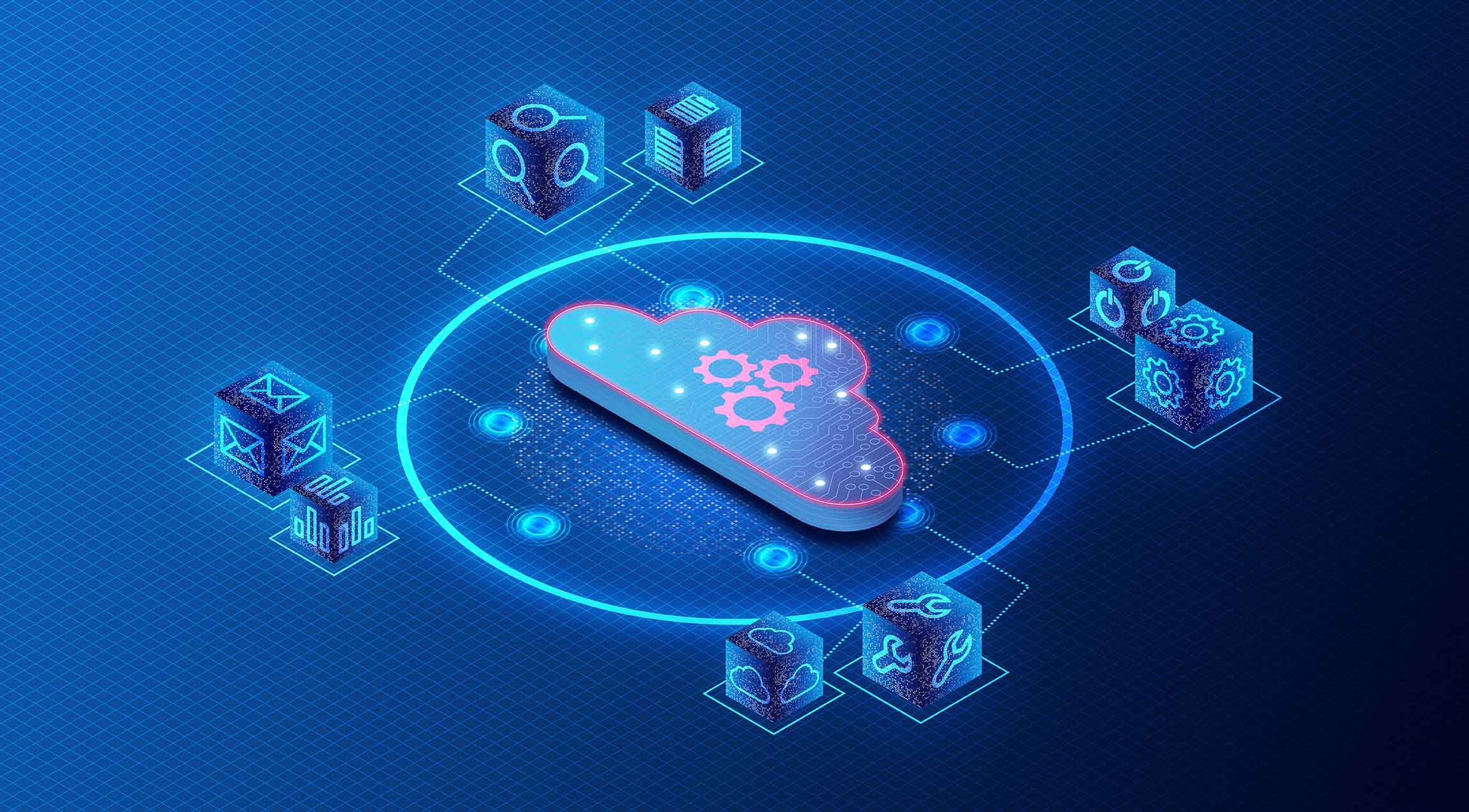Securing Your Software Supply Chain
The Importance of Continuous Monitoring and Observability
In today's rapidly evolving digital landscape, the security and integrity of software supply chains have become paramount. As organizations increasingly rely on third-party components and open-source libraries, the need for continuous monitoring and observability has never been more critical. In this article, we will explore the importance of software supply chain monitoring, delve into the history of Software Bill of Materials (SBOM), discuss common mistakes enterprises make, and highlight real-world examples that underscore the significance of investing in this area.
The Rise of Software Supply Chain Risks
Software supply chain attacks have emerged as a significant threat to organizations worldwide. Attackers target vulnerabilities in third-party components, open-source libraries, and development tools to infiltrate systems and compromise sensitive data. The consequences of such attacks can be devastating, leading to data breaches, financial losses, and reputational damage.
The Importance of Continuous Monitoring and Observability
Continuous monitoring and observability are essential for maintaining the security and integrity of software supply chains. By implementing robust monitoring mechanisms, organizations can proactively identify vulnerabilities, detect anomalies, and respond to potential threats in real-time. This approach enables teams to stay ahead of attackers and mitigate risks before they escalate into full-blown incidents.
The Evolution of Software Bill of Materials (SBOM)
The concept of Software Bill of Materials (SBOM) has gained significant traction in recent years. SBOM provides a comprehensive inventory of all the components, libraries, and dependencies used in a software application. It serves as a crucial tool for understanding the composition of software and identifying potential vulnerabilities. The history of SBOM dates back to the early 2000s when the National Telecommunications and Information Administration (NTIA) recognized the need for transparency in software supply chains. Since then, various initiatives and standards have emerged, such as the OWASP Dependency-Track project and the SPDX (Software Package Data Exchange) specification, which aim to standardize SBOM creation and sharing.
Tools for Software Supply Chain Monitoring
Several open-source and commercial tools have been developed to facilitate software supply chain monitoring and observability. Some notable examples include:
1. OWASP Dependency-Track
An open-source platform that provides organizations with the ability to identify, track, and manage the components and dependencies used in their software applications.
2. Snyk
A commercial tool that helps developers identify and fix vulnerabilities in their open-source dependencies, containers, and infrastructure as code.
3. BlackDuck
A comprehensive solution that provides visibility into the open-source components used in software projects, along with vulnerability and license compliance information.
4. Sonatype Nexus
A platform that enables organizations to manage their software supply chain, including component management, vulnerability scanning, and policy enforcement.
Common Mistakes Enterprises Make
Despite the growing awareness of software supply chain risks, many enterprises still fall short in their monitoring and observability practices. Some common mistakes include:
1. Lack of Visibility
Failing to maintain a comprehensive inventory of all the components and dependencies used in software applications, leading to blind spots and unaddressed vulnerabilities.
2. Inadequate Monitoring
Not implementing continuous monitoring mechanisms to detect and respond to potential threats in real-time, leaving the software supply chain exposed to attacks.
3. Neglecting SBOM
Overlooking the importance of creating and maintaining accurate and up-to-date Software Bill of Materials, hindering the ability to identify and mitigate risks effectively.
4. Insufficient Collaboration
Not fostering a culture of collaboration between development, security, and operations teams, leading to silos and ineffective risk management practices.
Real-World Examples
History has shown that neglecting software supply chain security can have severe consequences. Here are a few notable examples:
1. SolarWinds Attack
In 2020, a sophisticated supply chain attack targeted SolarWinds, a widely used IT management software. Attackers compromised the software build process and inserted malicious code into an update, affecting thousands of organizations worldwide, including government agencies and Fortune 500 companies.
2. Equifax Data Breach
In 2017, Equifax, one of the largest credit reporting agencies, suffered a massive data breach due to an unpatched vulnerability in an open-source component. The breach exposed sensitive information of over 147 million individuals, leading to significant financial and reputational damage.
3. NotPetya Ransomware
In 2017, the NotPetya ransomware attack exploited a vulnerability in a Ukrainian tax software, spreading rapidly and causing widespread disruption to businesses and infrastructure worldwide. The attack highlighted the risks associated with third-party software and the importance of timely patching and monitoring.
Conclusion
In an era where software supply chain attacks are on the rise, continuous monitoring and observability are no longer optional—they are essential.
Organizations must prioritize the security and integrity of their software supply chains by implementing robust monitoring mechanisms, leveraging SBOM, and fostering a culture of collaboration between development, security, and operations teams.
By investing in software supply chain monitoring and observability, organizations can proactively identify and mitigate risks, safeguard their assets, and maintain the trust of their customers.
The examples from history serve as stark reminders of the consequences of neglecting this critical aspect of cybersecurity. As the digital landscape continues to evolve, organizations must remain vigilant and adapt their practices to stay ahead of emerging threats.
By embracing continuous monitoring and observability, enterprises can build resilient software supply chains and navigate the challenges of the modern digital world with confidence.








